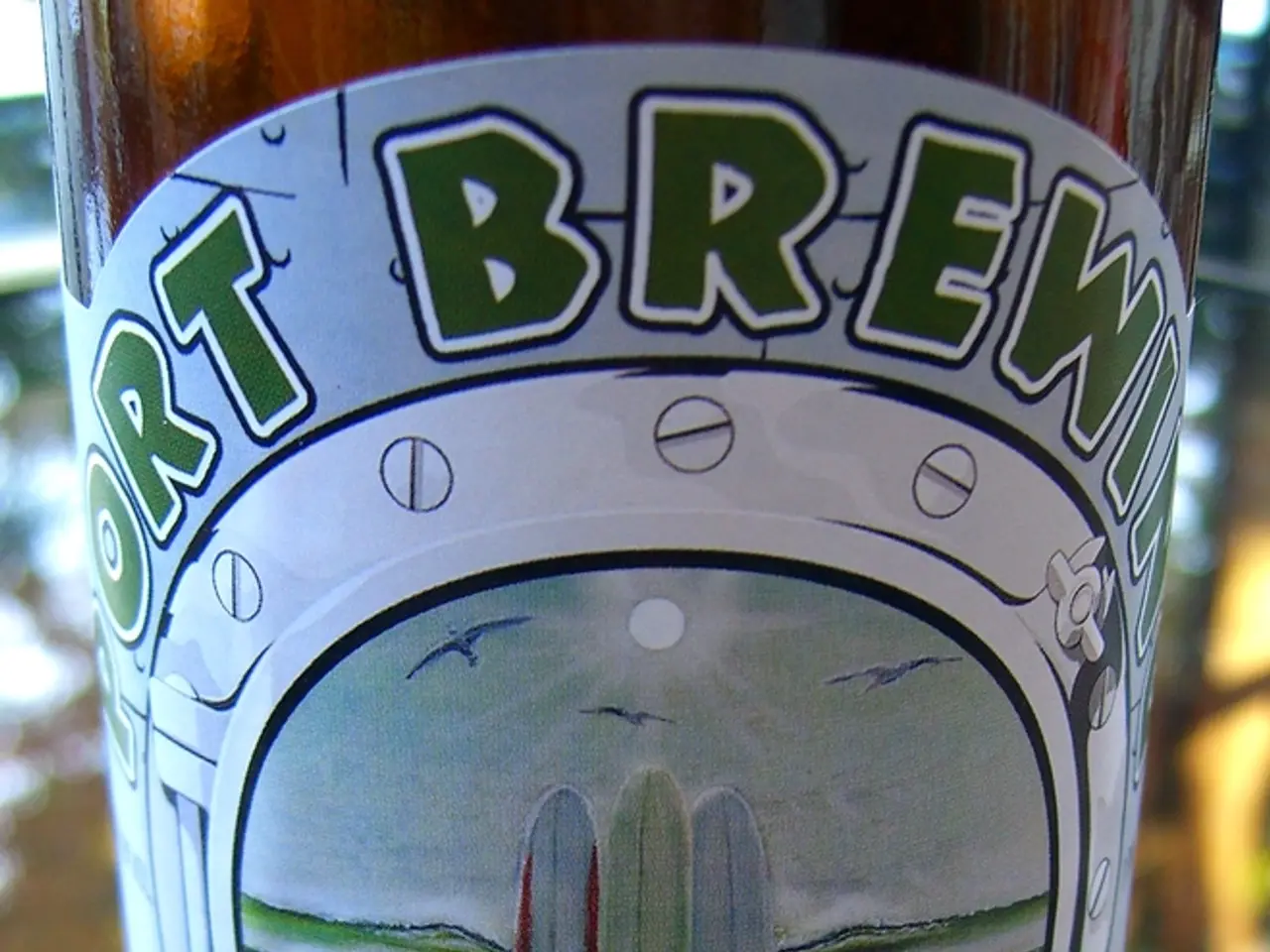Brewing Budget vs Premium Conical Fermenters: Does the Beer's Flavor Vary?
When it comes to brewing beer at home, the type of fermenter you choose can significantly impact the taste, quality, and efficiency of your brew. Here's a breakdown of what you should consider when selecting a conical fermenter.
Size Matters
The size of your conical fermenter should be based on the amount of beer you plan to brew. Larger fermenters are necessary for larger batches to ensure adequate space for fermentation and proper yeast growth.
Quality of Material and Construction
The quality of materials used in a conical fermenter can greatly affect its performance. Expensive fermenters are often made from high-quality 304 stainless steel, which is durable, resistant to scratches, and easy to clean and sanitize. This reduces the risk of bacterial contamination and off-flavors.
Cheaper fermenters might be made from lower-grade materials or have less robust constructions, potentially leading to issues with sanitation and flavor stability.
Design Features
High-end fermenters typically include features like rotating dip tubes and ball valves for easy and clean transfers, which minimize the risk of oxidation and contamination. Basic models might lack these features, requiring more manual handling and increasing the risk of unwanted flavors or contamination.
Yeast Harvesting and Trub Removal
Expensive fermenters often have a cone-shaped bottom that efficiently collects yeast and trub, allowing for easier harvesting and minimizing the risk of autolysis (breakdown of dead yeast cells), which can impart off-flavors. Less expensive models may not have as effective a design for yeast harvesting and trub removal.
Sanitation and Oxidation Control
Expensive fermenters usually have features like air-tight seals to prevent oxidation and unwanted microbes, ensuring a cleaner fermentation process. Cheaper options might not have these features, potentially leading to a greater risk of oxidation and contamination.
Choosing the Right Fermenter for You
The best fermenter for you will depend on your individual needs and preferences, with budget-friendly options being suitable for beginners and more expensive models providing more control and higher efficiency.
When choosing a conical fermenter, consider the size, material, price, cooling and heating capabilities, ease of use and cleaning, brand and reputation, and additional features.
Light Exposure and Beer Quality
An expensive conical fermenter, usually made from stainless steel, offers complete protection from light exposure, effectively preventing skunking. The smell of beer brewed in a conical fermenter can vary depending on the type of fermenter used, with cheaper glass carboys fermenters being susceptible to skunking due to light exposure.
Bottling Directly from the Fermenter
You can bottle right from the conical fermenter, eliminating the need to transfer it to a bottling bucket. However, ensure that the beer is properly carbonated and the fermenter is sanitized before bottling.
Maintenance and Cleaning
Expensive conical fermenters like stainless steel are very easy to clean and are resistant to scratches that harbor bacteria. Cheap plastic fermenters scratch easily, and scratches can harbor bacteria that can cause infections and off-taste in your batch.
In conclusion, while the price of a conical fermenter might vary, the quality of construction and design features are what truly impact the taste, quality, and efficiency of your home brew. Make an informed decision by considering all the factors mentioned above. Happy brewing!
[1] Stainless Steel vs Plastic Fermenters: Which is Better?
[2] Why Conical Fermenters are the Best for Homebrewing
[3] Choosing the Right Homebrew Fermenter
[4] How to Choose the Right Fermenter for Homebrewing
[5] Understanding Yeast Harvesting and Trub Removal in Brewing
- In the world of home brewing, selecting the right conical fermenter is crucial for optimal taste and quality.
- The size of your chosen conical fermenter correlates with the quantity of beer you aim to produce.
- High-grade materials, often 304 stainless steel, ensure durability, scratch resistance, and ease of cleaning - reducing the risk of bacterial contamination and off-flavors.
- Lower-priced fermenters might be fabricated from inferior materials or less robust constructions, potentially leading to concerns with sanitation and flavor consistency.
- Rotating dip tubes and ball valves in high-end fermenters contribute to easier and cleaner transfers, minimizing oxidation and contamination risks.
- Cheaper models may lack these design features, necessitating more manual handling, increasing the risk of undesirable flavors or contamination.
- The cone-shaped bottom of sophisticated fermenters efficiently collects yeast and trub, supporting simpler harvesting and reducing autolysis risks, which can impart off-flavors.
- Less expensive models may not possess such efficient design features for yeast harvesting and trub removal.
- Expensive fermenters typically have air-tight seals to prevent oxidation and harmful microbes, ensuring a cleaner fermentation process.
- Budget-friendly options might not have these features, potentially resulting in a higher risk of oxidation and contamination.
- The best fermenter for you will depend on your individual requirements and preferences, with budget-friendly options fit for beginners and more expensive models offering greater control and efficiency.
- Key factors to consider when choosing a conical fermenter include size, material, price, cooling and heating capabilities, ease of use and cleaning, brand and reputation, and additional features.
- High-end conical fermenters, like those made from stainless steel, offer complete light exposure protection, effectively preventing skunking.
- Home brewers can bottle directly from the conical fermenter, bypassing the need for a bottling bucket, but it's essential to ensure proper carbonation and sanitize the fermenter before bottling.




